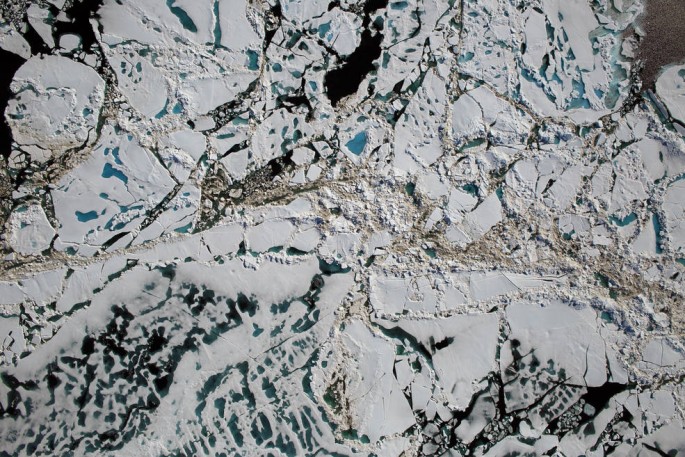New data reveals that the first six months of 2016 confirms that these has been the hottest temperatures ever recorded, according to NASA and NOAA (National Oceanic and Atmospheric Administration) which is the third year to break previous records. This intense heat is now melting Arctic ice sheets at an alarming rate that now results in ice cover potentially reaching its lowest extent on record, before this year ends.
For this study, scientists have obtained temperatures from different parts of the globe to compare and achieve monthly averages. For 2016, every month except for March, records show it has been warmer than past records since 1880. For June this year, it was 1.62 degrees Fahrenheit warmer than the entire average of June for the 20th century. In total, 2016 has been the hottest year by 2 degrees than the entire 20th century.
One of the major causes of rapidly disappearing Arctic ice is due to the combination of global warming effects and El Niño that percolated during the end of 2015. NASA satellite data confirms that Arctic sea ice extent during winter is the lowest ever recorded at 5.6 million miles as the northern polar region increased its temperatures by 50 degrees higher than normal.
During summer, Arctic sea ice extent is now covering 40 percent less than what records show from the late 1970s and early 1980s. For the average of all Septembers, which is the lowest point of ice extent every year due to seasons, its has been decreasing by 13.4 percent for every 10 years.
According to NASA cryologist, Walt Meier of the NASA Goddard Space Flight Center, this has been the lowest sea ice extent average in the first six months of this year, since satellite records began in 1979.
According to the director of NASA's Goddard Institute for Space Studies, Gavin Schmidt, this consistent sea level rising is due to a consistent increase in temperatures, that can greatly affect sea levels, ultimately a byproduct of persistently warm temperatures that increase every decade, warming up the interior of the ocean.
NASA scientists predict the El Niño's aggravating influence will slowly disappear by the end of this year, which can make 2017 somehow cooler.



























